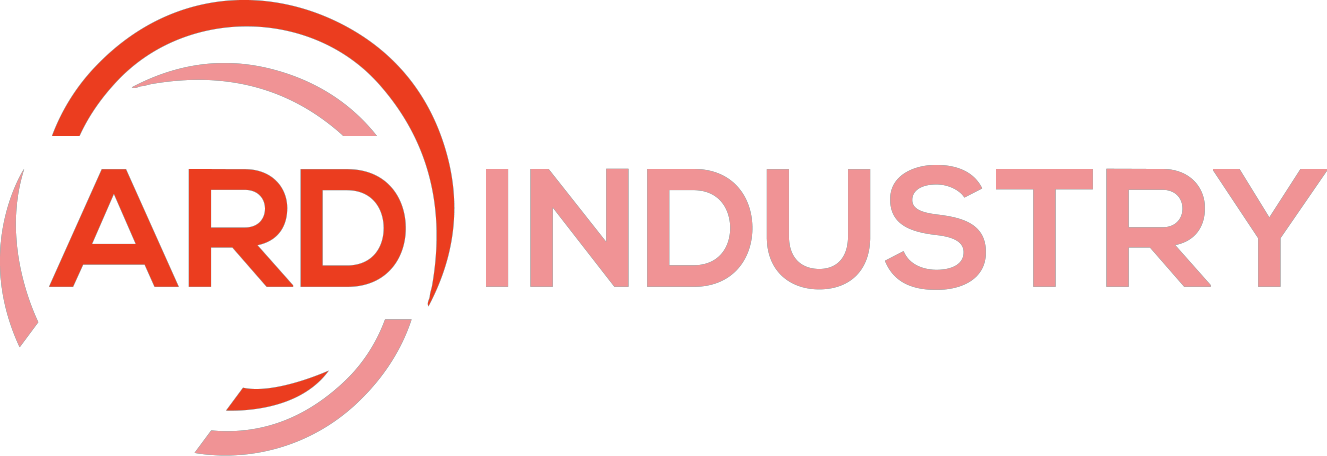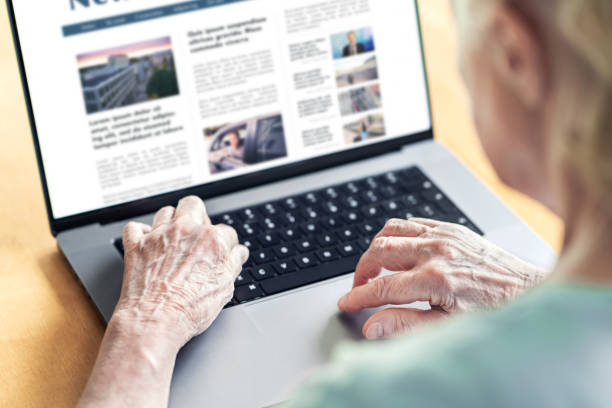Planning a PR event for the first time can feel overwhelming, but with the right approach, it becomes manageable. Whether it is a product launch, charity gathering, or media briefing, a PR event plays a key role in building relationships and spreading your message. Careful planning, attention to detail, and strong communication are necessary to make the occasion successful.
This guide will walk you through the process, from defining your goals to executing the event smoothly.
1. Define the Purpose of Your PR Event
Every PR event should have a clear goal. Before you start planning, ask yourself:
- Are you introducing a new product or service?
- Do you want to improve your company’s reputation?
- Is this event meant to connect with the media?
- Will it help strengthen relationships with stakeholders?
Once you understand the purpose, it will be easier to make decisions about location, guest lists, and promotions. Keep your target audience in mind at every step.
2. Set a Realistic Budget: PR Event
Budgeting is an essential part of planning a PR event. A well-planned budget prevents unexpected costs and helps distribute resources wisely. Consider the following expenses:
- Venue rental – Choose a location that suits your audience and event type.
- Catering – Decide on food and beverages based on your guest list.
- Marketing materials – Flyers, banners, and press kits add professionalism.
- Entertainment or speakers – Guest speakers or performers can keep attendees engaged.
- Logistics – Equipment rentals, transportation, and staff wages must be accounted for.
Keeping track of every expense will help you stay within your budget.
3. Choose the Right Venue: PR Event
The venue sets the tone for your PR event. Select a location that matches the theme and purpose of the occasion. Factors to consider include:
- Capacity – The space should accommodate all guests comfortably.
- Accessibility – Ensure the venue is easy to reach for attendees.
- Facilities – Check if the venue has necessary amenities such as restrooms, parking, and Wi-Fi.
- Ambience – The atmosphere should align with the message you want to send.
Booking the venue early prevents last-minute surprises.

4. Create a Detailed Event Timeline
A well-structured timeline keeps everything on track. Break down the planning process into smaller steps, such as:
- Three months before the event – Confirm the venue, set the budget, and finalize the guest list.
- Two months before the event – Secure entertainment, catering, and promotional materials.
- One month before the event – Send invitations, follow up with vendors, and prepare a backup plan.
- One week before the event – Finalize details with all involved parties.
Having a schedule makes the event preparation smoother and prevents last-minute stress.
5. Invite the Right Guests: PR Event
A PR event is only as successful as the people who attend. Identify key guests who align with your objectives, such as:
- Media representatives
- Influencers in your industry
- Business partners
- Potential clients
- Local community leaders
Personalized invitations increase the chances of attendance. Following up with guests before the event helps confirm their presence.
6. Promote Your PR Event Effectively
Promotion plays a huge role in event success. Use different marketing channels to spread the word:
- Press releases – Announce the event through news outlets.
- Social media – Create event pages, share updates, and use relevant hashtags.
- Email marketing – Send out invitations and reminders to confirmed guests.
- Partnerships – Collaborate with influencers or industry leaders for wider reach.
A mix of online and offline promotion ensures maximum visibility.

7. Prepare a Run-of-Show Schedule
A run-of-show schedule outlines what happens from start to finish. It should include:
- Arrival time for staff and vendors
- Guest check-in procedures
- Timing of speeches and presentations
- Breaks for networking
- Closing remarks and event wrap-up
A well-planned schedule ensures that the event runs smoothly without confusion.
8. Assign Roles to Your Team
Delegating tasks prevents chaos on the event day. Assign clear responsibilities to team members:
- Event coordinator – Oversees all aspects of the event.
- Guest management – Handles check-ins and seating.
- Media liaison – Coordinates with journalists and photographers.
- Logistics team – Manages technical setups like sound and lighting.
Each person should know their role to keep the event organized.
9. Have a Backup Plan
Unexpected issues can arise, so it is wise to prepare solutions in advance. Consider:
- Weather conditions – If the event is outdoors, have an indoor alternative.
- Technical difficulties – Test sound systems, projectors, and microphones beforehand.
- Last-minute cancellations – Have a backup list of speakers or entertainment.
A backup plan keeps the event running smoothly, even in difficult situations.
![]()
10. Capture the Event with Photos and Videos
Documenting your PR event helps with future promotions. Hire a professional photographer or videographer to capture:
- Guest interactions
- Key moments such as speeches and award ceremonies
- Behind-the-scenes preparation
Sharing these images on social media and company websites extends the event’s impact.
11. Engage with Attendees During the Event
Making guests feel welcome improves their experience. Encourage engagement by:
- Introducing key guests to each other
- Asking for live feedback
- Encouraging social media sharing with event-specific hashtags
A friendly atmosphere leaves a lasting impression on attendees.
12. Follow Up After the Event
Your PR event is not over once the guests leave. Follow-up actions help maintain connections and gather feedback:
- Send thank-you emails to attendees, sponsors, and media representatives.
- Post event highlights on your website and social media.
- Collect feedback through surveys to improve future events.
These steps strengthen relationships and build anticipation for your next event.
Conclusion: PR Event
Coordinating a PR event requires careful planning, strong organization, and effective communication. From defining your goals to following up with attendees, every step contributes to a successful gathering. With a well-structured approach, your event can leave a lasting impact and strengthen your brand’s reputation.







